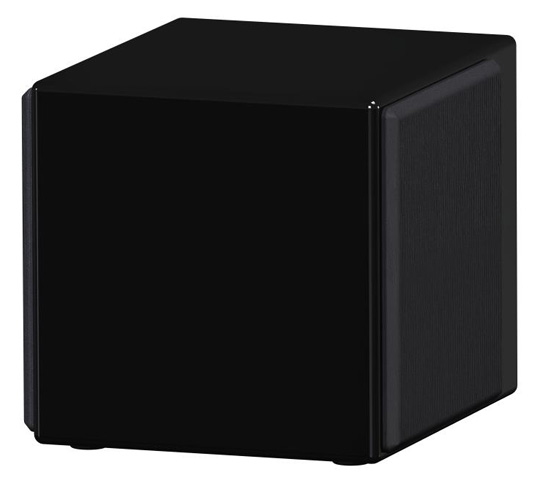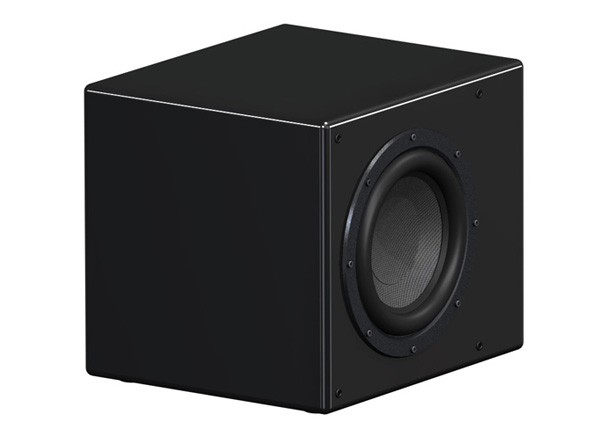

On the other end of the spectrum, the unit handles low-end fairly well with cuts. In that region, a 0.5dB boost or cut can go a long way, removing nasty high-end pileups or breathing life into a rather dull mix. In terms of presence and air, the BG-3’s 32kHz shelf is widely regarded as an excellent method to add or remove spectral energy in the upper register of program material. Typically, 1 to 1.5dB is all that is required. Whether it be a vocal that isn’t quite upfront enough, a snare that’s just under the surface, or guitars that need some edge, I’ve found that my first instinct (after subtractive equalization of colluding frequencies) is to use the “lift” that the BG-3 offers in the form of a 2kHz shelf. Here at Rose Quartz, I’ve found that implementing the unit’s 2kHz shelf can lift a track right out of our speakers. Specifically, the high shelves are incredible. The high pass filter is minimally invasive in terms of phase shift while managing to do away with undesirable subharmonic energy. One can add air, brightness, and body to program content without much of a sonic footprint. In use, the BG-3 sounds wonderfully transparent. The frequencies were selected by mastering heavyweights that Mick worked with for decades and were likely chosen for general shaping only. One might assume that these selections are rather general and therefore poorly suited for surgical spectral tasks. Low resonances are marked at 30, 60, 120, 240, 500, and 750Hz while high resonances are marked at 3, 4, 5, 6, 8, and 10kHz. The bandwidths are fairly broad and, based on initial intuition, well-suited for mastering applications focused on general shaping. The unit features 2 shelving curves and 2 resonance (bell) curves. On the subject, Hinton has stated that if he were to make his units look more attractive, the price would likely skyrocket. This is no coincidence, as the metalwork for all the company’s products is done by Bryant Broadcast in the U.K. It looks like a broadcast-specific unit that isn’t intended to be client-facing. Visually, the BG-3 is profoundly boring and industrial. On a mildly Interesting note, the Grayhill switches are the only components in Hinton’s entire product catalogue that are not made in the U.K. On the rear panel, one will find well-labeled balanced connections and a standard IEC power socket. There are 4 LEDs on the faceplate indicating the engagement of the aforementioned high pass filters and the bypass state of the equalizer.

Frequency band gain is +/- 2.5dB in 0.5 dB steps while output gain is -5dB/+6dB in 1dB steps. In addition, one will find switches for a high pass filter at -3dB at 28Hz with a slope of 18dB per octave. On the faceplate, the unit sports 18 Grayhill rotary switches for frequency selection, band gain, and output gain.

Physically, the unit is 2U high and fairly lightweight. The Broadhurst Gardens No.3, or BG-3, is a low-distortion, electronically balanced parametric mastering equalizer. Hinton’s designs fall into a strange place in that regard - they’re scientifically musical. This was the beginning of audio production becoming an art form as opposed to the science as which it was then regarded. Most of his coworkers at the time were ex-Royal Air Force Radio Operators. For example, Hinton worked for Decca during the inception of stereo audio. Put simply, the time that Hinton spent at Decca Studios is apparent in his products’ design and sonic footprint. One might wonder why such history is relevant to a discussion about a mastering equalizer. In fact, the production standard set by Abbey Road Studios was the primary factor in erecting the Broadhurst Gardens studio Decca Records had to produce commercially competitive audio. Throughout the 1960s, Decca Studios was an establishment with a reputation similar to facilities like Abbey Road Studios. In fact, the Beatles actually failed their audition for Decca Records there in 1962, hence their subsequent signing to Parlophone. The overwhelming majority of the company’s products are from their Broadhurst Gardens series, named for Hinton’s 29-year tenure as a technical operator for Decca Studios at Broadhurst Gardens in West Hampstead, London.ĭecca Studios, a recording facility controlled by Decca Records, saw the beginnings and peaks of many artists’ careers, from art rock icons like David Bowie to big band jazz legends like Ted Heath. has designed and manufactured quite a few high performance microphone preamps and audio processors. Sporting an acronym representing Digital Audio Visual, Hinton’s no-nonsense approach to product design and development is clear from the start. Electronics has cemented themselves as a monolith in British audio.


 0 kommentar(er)
0 kommentar(er)
